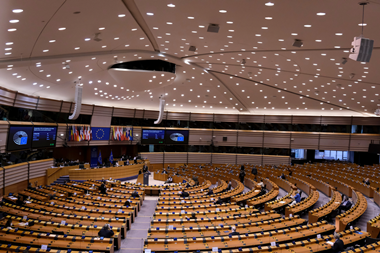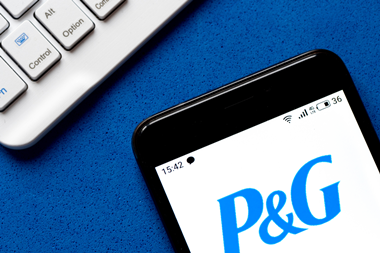
At Packaged, the 7th Global Summit in Amsterdam, Dr. Chris Simms, a Reader in Innovation Management and New Product Development at Portsmouth University and part of a product innovation research group looking at how packaging and products are managed by food and drink suppliers, gave a talk on the opportunities presented by packaging integral products. Elisabeth Skoda took the opportunity to speak to him to find out more.
What role does packaging innovation play in FMCG?
Packaging innovation, and the opportunities that come with it, can often be overlooked in the product development process. Companies think they may be developing new packaging, but just end up changing the label, colour, size, or shape, and don’t necessarily recognise the opportunities that are being presented to them.
That is why our research group started to look at packaging integral products, where the packaging forms a key part of the product offering. It adds to the value of the products, or the use of the product, or might add to core quality. A good example are Nespresso capsules, where the packaging is inseparable from the product itself, or microwaveable ready meals. We try to understand how firms can capture opportunities from developing these kinds of products, and move away from a situation where packaging is just a vessel. For example, if you buy a TV, it comes in a box, you get home, you throw away the box. For food and drink unfortunately, packaging is also often like that. We want to encourage firms to move towards a higher level of integration between the product and the packaging.
What is your packaging design advice to companies?
Packaging development is of great importance to the creation of new product opportunities in the packaged foods sector, as organisations are increasingly looking to packaging to revitalise mature products, differentiate, and achieve higher premiums.
In the course of our research, we studied around 50 leading food firms, alongside working with packaging manufacturers, consultants and FMCG firms over the past eight years, trying to understand what impacts on firms’ ability to develop packaging integral products.
Companies should not allow costs to dominate early decision making and allow them to impede change. Close cooperation with the supplier makes sense. I'd also warn against relying too heavily on consumers - they are a good source of ideas, but not so much for innovations and solutions.
My advice for the management of the development of packaging integral products would be to consider true 'added value', i.e. shelf attention vs contribution to the core product purpose, consider the technology and format from project inception to finish, and include packaging technologists.
How can companies balance optimum product protection and sustainability?
Some of our research focused on developing packaging to reduce food waste. We found that some companies are better at doing this than others. It can be problematic when firms are increasingly focusing on reducing packaging. This can lead to a situation where they don’t feel like they can address the issue of food waste. I encourage looking more at the food waste side of things and find the right balance. Of course it depends on the product. Refrigerated products such as meat or dairy can have bigger food waste problems than ambient products. Food waste is often underestimated as a lot of it happens at the consumers’ home. They may overlook the three pieces of food they put in the bin and instead focus on one piece of plastic. Maybe things need to change in order to create awareness of the problems of food waste to redress the balance.
How can packaging create consumer engagement?
There are three different levels. Firstly, the level of aesthetics, i.e. graphic design, colours, labels, branding. Secondly, there’s the physical design, the shape, size and format and how a pack feels in the hand, and then there’s the third level, understanding how the packaging can contribute to the core product purpose. For us that is where the greatest level of consumer engagement lies, where the packaging contributes to how they prepare the food, how they cook the food, how they eat the food, and it’s actually becoming integral to each of those three stages.
At the moment packaging waste and food waste are talked about a lot. One trend that isn’t currently such a talking point, but I foresee to become more important, is the influence of the growing elderly population. They have the biggest demand for packaging integral products out of all age groups, and the right packaging can make their lives easier and help them to maintain their independence at home.
How does the growing trend of ecommerce affect packaging design?
At the moment, this topic is still in its infancy. A few years ago, people thought that we would need different, less branded packaging serving a different purpose for ecommerce, but now it’s being recognised that while a pack may not need to draw shelf attention in the same way as a pack in the shop, it still has to stand out on the website. We will see more of a focus on trying to understand the omnichannel environment, and if there is business case for developing different packaging for whether it is ecommerce, supermarkets or convenience stores. In my opinion, convenience stores are currently presenting more growth opportunities in terms of smaller, more convenient formats.
An interesting challenge arises with e-commerce for groceries, especially fresh produce like fruit and vegetables. The consumer judges the quality based on what they get in hand when they receive it from the retailer, whether it is in the store or at home. That creates an additional problem. A banana might be wrapped in bubble wrap so it can be delivered safely and not be damaged. But this might create negative consumer perceptions in terms of packaging. The bananas may well also have been wrapped in bubble wrap on the way to the supermarket, but the consumer doesn’t see it. This is a challenge e-commerce has to deal with.










